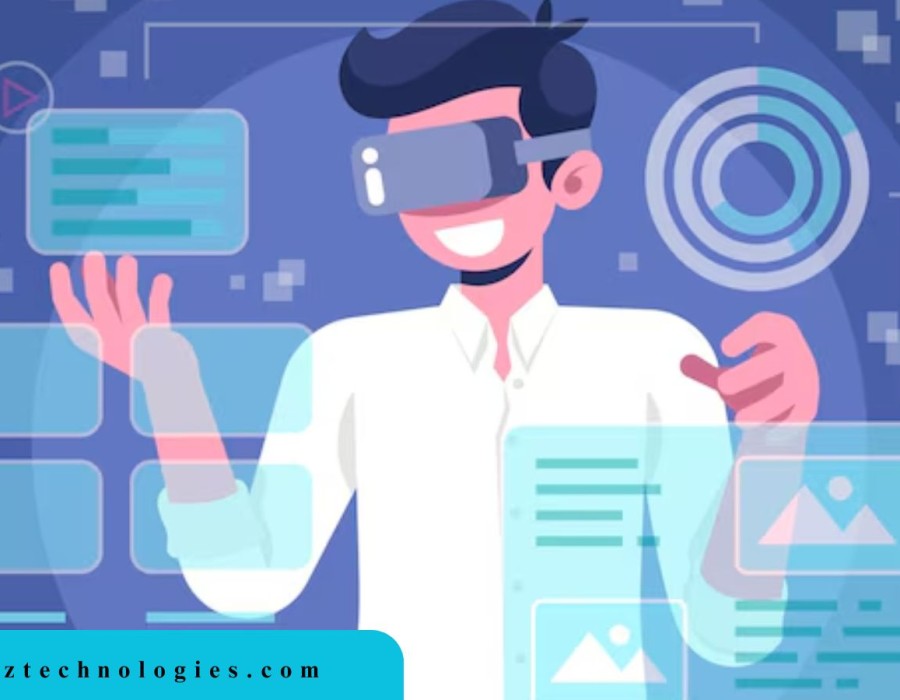The most essential factor in making the VR experience rich and interactive is content creation. However, creating high-quality VR content may prove cumbersome and sometimes even time-consuming, requiring large resources and expertise. Generative AI, being an important branch of artificial intelligence, has the potential to ease and accelerate quite a good number of facets of the VR content creation process. By using advanced algorithms and machine learning methodologies, generative AI can process large-scale datasets of pre-existing VR content, identify patterns, and then create new assets independently. This functionality not only increases the speed of content creation but lessens the workload on creators, thus allowing them to invest their time in other more strategic functions like conceptualization and storytelling.
Let’s delve into the Generative AI in VR development with a detailed discussion.
Our Gen AI in VR Development Processes
Virtual World Generation:
Generative models learn patterns and features from particular data in all types of environments. Very real virtual worlds can be created by showing highly detailed landscapes, cityscapes, interiors, and other immersive scene elements. The laws of physics are adhered to in the produced models, expressing natural phenomena that increase the level of realism in virtual experiences.
Asset Creation:
Generative algorithms learn data distributions for various asset categories and may create new and unique assets that are comparable to the training data. Such assets might include 3D models, textures, materials, and animations required for Virtual Reality. Since the models learn from existing data, they can project very realistic and very varied assets efficiently, hence streamlining the content creation process.
Integrating Multimodal Data:
Generative models are capable of integrating and learning from multiple types of data, including text, images, audio, and sensor inputs. Such integration will hence allow for the creation of comprehensive virtual experiences in which visual elements, audio cues, and physical simulations can be combined seamlessly to provide a more immersive and cohesive environment.
Personalized Content:
Generative models can leverage the data of users, manifested in their preferences, interests, and behavioral patterns, to provide them with a personalized experience in the virtual space. It offers to build specially tailored environments, narratives, or objects that are much more engaging and relevant to individual tastes and goals.
Compact Representations:
Generative models can capture heavy data in very compact representations or latent spaces. These forms allow for efficient storage, transmission, and generation of new instances from the original data. Therefore, this is a capability that becomes especially useful in virtual reality, where huge volumes of data need to be processed and rendered in real-time.
Why Choose Osiz?
Whether you want to create a virtual reality solution or a Generative AI solution, Osiz experts with a proven track record can help you sustain your business.
Osiz, a major artificial intelligence development company offers solutions for generative AI across a variety of business verticals from enhanced business operations to process optimization.





Comments